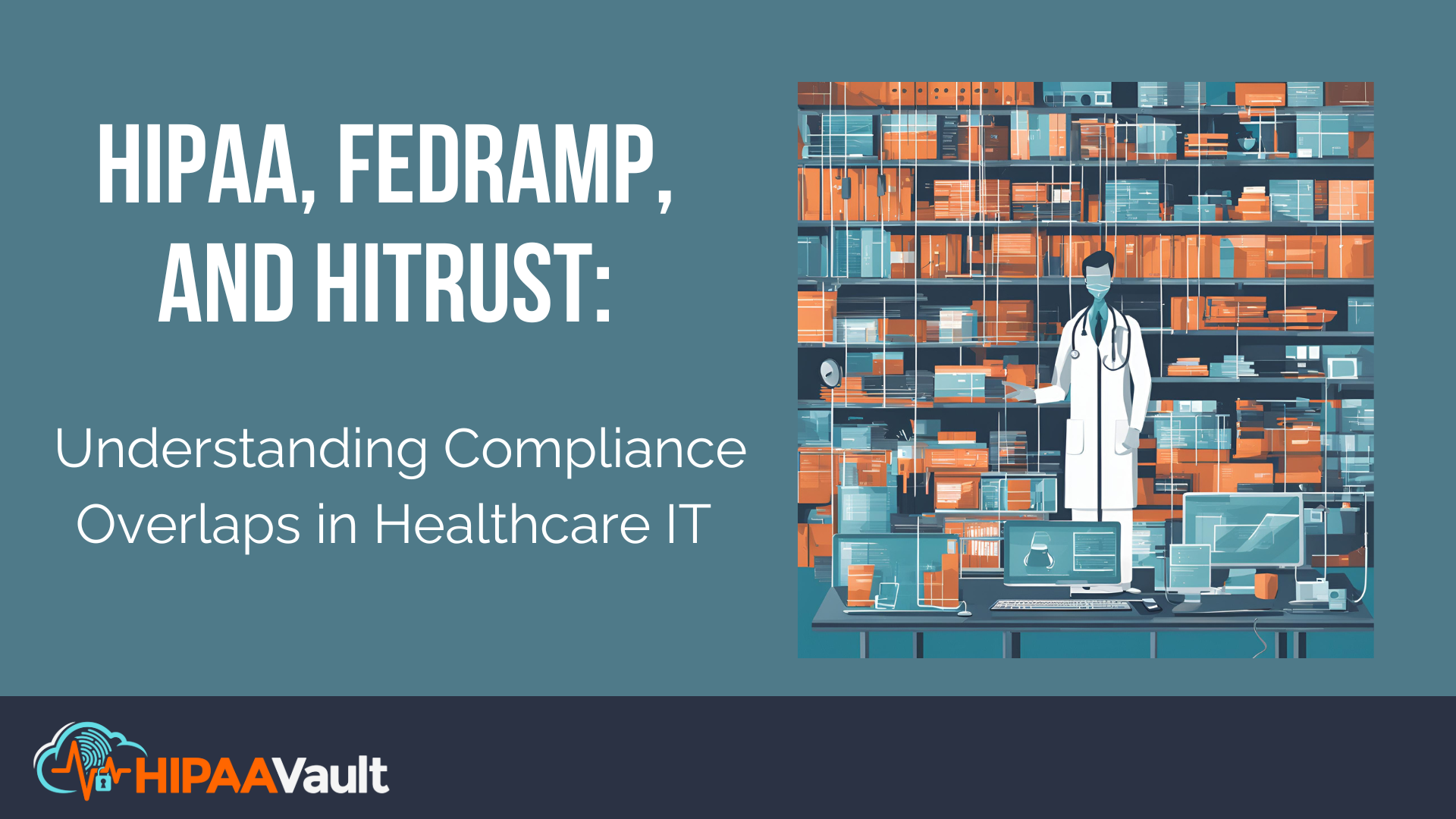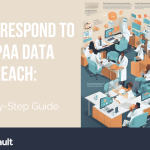
HIPAA, FedRAMP, and HITRUST: Understanding Compliance Overlaps in Healthcare IT
Slug: hipaa-fedramp-hitrust-compliance
Meta Description: Learn how HIPAA, FedRAMP, and HITRUST intersect in healthcare IT compliance. Discover which framework suits your organization best and how to ensure security.
Introduction
In today’s healthcare landscape, protecting patient data is more than just a best practice—it’s a legal and financial necessity. With cyber threats on the rise and regulatory requirements tightening, healthcare organizations must navigate a complex web of compliance standards. Among the most crucial are HIPAA, FedRAMP, and HITRUST—each playing a vital role in safeguarding sensitive health information.
But how do these frameworks overlap, and which one does your organization need? Understanding their key distinctions and intersections will help ensure compliance, reduce security risks, and position your organization for long-term success.
Why Multiple Compliance Frameworks Exist in Healthcare IT
Regulatory frameworks exist to protect patient privacy and ensure data security, but they vary in scope and purpose:
- HIPAA (Health Insurance Portability and Accountability Act) establishes baseline standards for protecting patient health information.
- FedRAMP (Federal Risk and Authorization Management Program) provides a standardized security framework for cloud service providers working with federal agencies.
- HITRUST (Health Information Trust Alliance) incorporates multiple security and privacy regulations, offering a comprehensive risk management approach.
Healthcare organizations often find themselves needing to comply with multiple frameworks simultaneously, especially when handling sensitive data across cloud environments and government contracts.
HIPAA Compliance: The Foundation of Healthcare Security
HIPAA is the cornerstone of healthcare IT security, requiring organizations to protect patient data through administrative, physical, and technical safeguards. Key aspects include:
- The Privacy Rule: Governs how protected health information (PHI) is used and disclosed.
- The Security Rule: Requires safeguards to ensure the confidentiality, integrity, and availability of PHI.
- The Breach Notification Rule: Mandates reporting of data breaches to affected individuals and government authorities.
HIPAA compliance is mandatory for healthcare providers, payers, and business associates that handle PHI, but it does not prescribe specific implementation methods—leaving room for interpretation and additional security measures.
FedRAMP: Government-Grade Cloud Security for Healthcare IT
FedRAMP is designed for cloud service providers (CSPs) working with federal agencies, offering a structured approach to risk assessment, continuous monitoring, and security authorization.
How FedRAMP and HIPAA Compare:
- HIPAA is focused on healthcare-specific PHI security, whereas FedRAMP ensures broader cloud security across all federal data systems.
- FedRAMP includes over 300 security controls from NIST 800-53, many of which exceed HIPAA requirements.
- Organizations needing federal contracts or high-assurance cloud security should consider FedRAMP authorization.
HITRUST: A Comprehensive Approach to Healthcare Compliance
HITRUST incorporates elements of HIPAA, NIST, ISO, and other security standards, offering a certifiable framework for risk management. Unlike HIPAA, which provides guidelines, HITRUST offers a prescriptive approach to security and compliance.
Why Some Healthcare Organizations Require HITRUST:
- Industry-Wide Acceptance: Many healthcare payers and partners require HITRUST certification for business agreements.
- Risk-Based Approach: Provides a structured methodology for assessing and managing security risks.
- Comprehensive Coverage: Integrates HIPAA, NIST, and ISO controls into a single framework.
How to Choose the Right Compliance Framework for Your Organization
When HIPAA Alone is Sufficient:
- Small to mid-sized healthcare providers handling limited PHI.
- Organizations with minimal exposure to federal contracts or third-party security mandates.
When FedRAMP is Needed:
- Cloud service providers working with federal healthcare agencies.
- Organizations seeking a government-approved cloud security standard.
When HITRUST is the Best Choice:
- Organizations working with multiple regulatory frameworks and needing certification-based validation.
- Businesses requiring a structured, risk-based compliance strategy to align with multiple security standards.
Conclusion
The intersection of HIPAA, FedRAMP, and HITRUST reflects the evolving landscape of healthcare IT security. While HIPAA sets the baseline, FedRAMP ensures cloud security for federal healthcare services, and HITRUST provides a comprehensive, certifiable compliance model.
For healthcare organizations seeking secure, compliant cloud hosting, HIPAA Vault offers expertise in managing all three frameworks. Our Google Cloud-powered solutions ensure regulatory compliance, robust security, and 24/7/365 support.
Ready to enhance your healthcare security posture? Contact HIPAA Vault today to learn more about our HIPAA-compliant cloud solutions.





